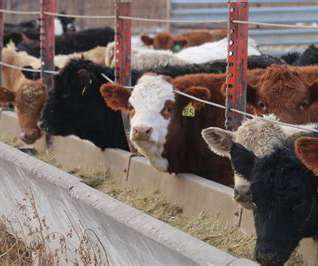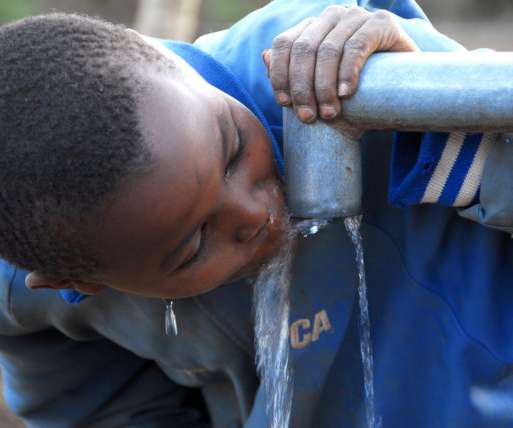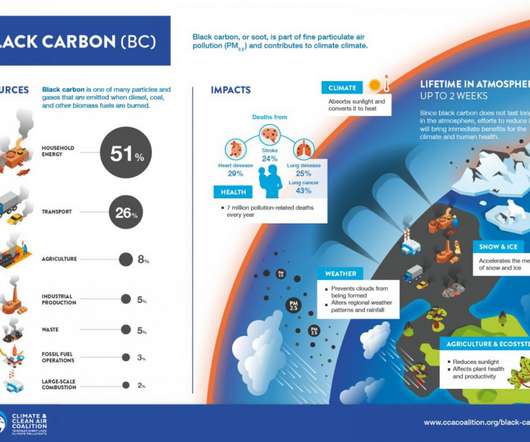Celebrating 30 Years of Environmental Progress As The Pennsylvania Department of Environmental Protection
PA Environment Daily
JULY 1, 2025
Since 1995, Pennsylvania has achieved a: -- 52% reduction in carbon monoxide emissions -- 85% reduction in nitrogen oxides -- 69% reduction in particulate matter -- 97% reduction in sulfur dioxide -- 60% reduction in volatile organic compounds Acid rain, once a defining threat to the state’s forests and waterways, has been virtually eliminated.












Let's personalize your content